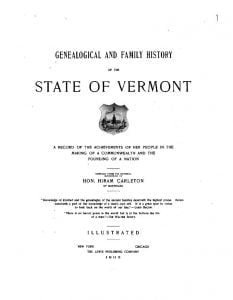Governor Stokes’s Uncompleted Plans
Governor Montfort Stokes, appointed Cherokee sub-agent in 1836, faced significant challenges at Fort Gibson, including inadequate office space and limited authority. Despite his complaints, he worked to protect Native American land rights, particularly for the Osage mixed-blood descendants of Auguste P. Chouteau. During his tenure, he mediated Cherokee factional disputes and safeguarded vital legal documents. Replaced in 1841, he later served as sub-agent for the Seneca, Shawnee, and Quapaw. Stokes died in 1842 at Fort Gibson, honored with a military funeral. A Revolutionary War veteran and former North Carolina governor, his dedication to public service spanned decades.




